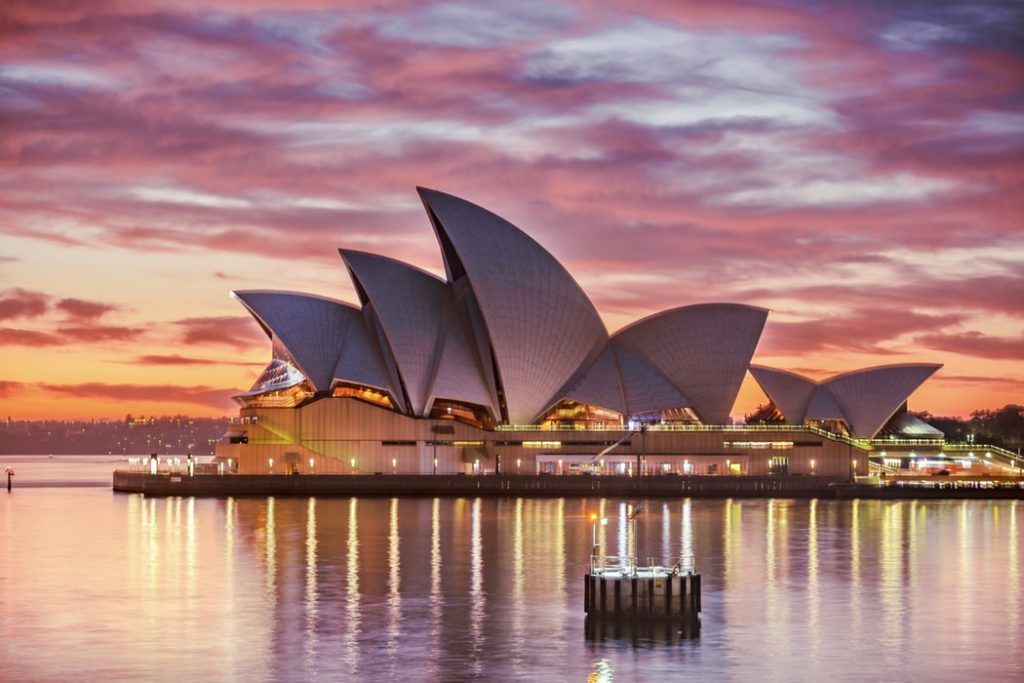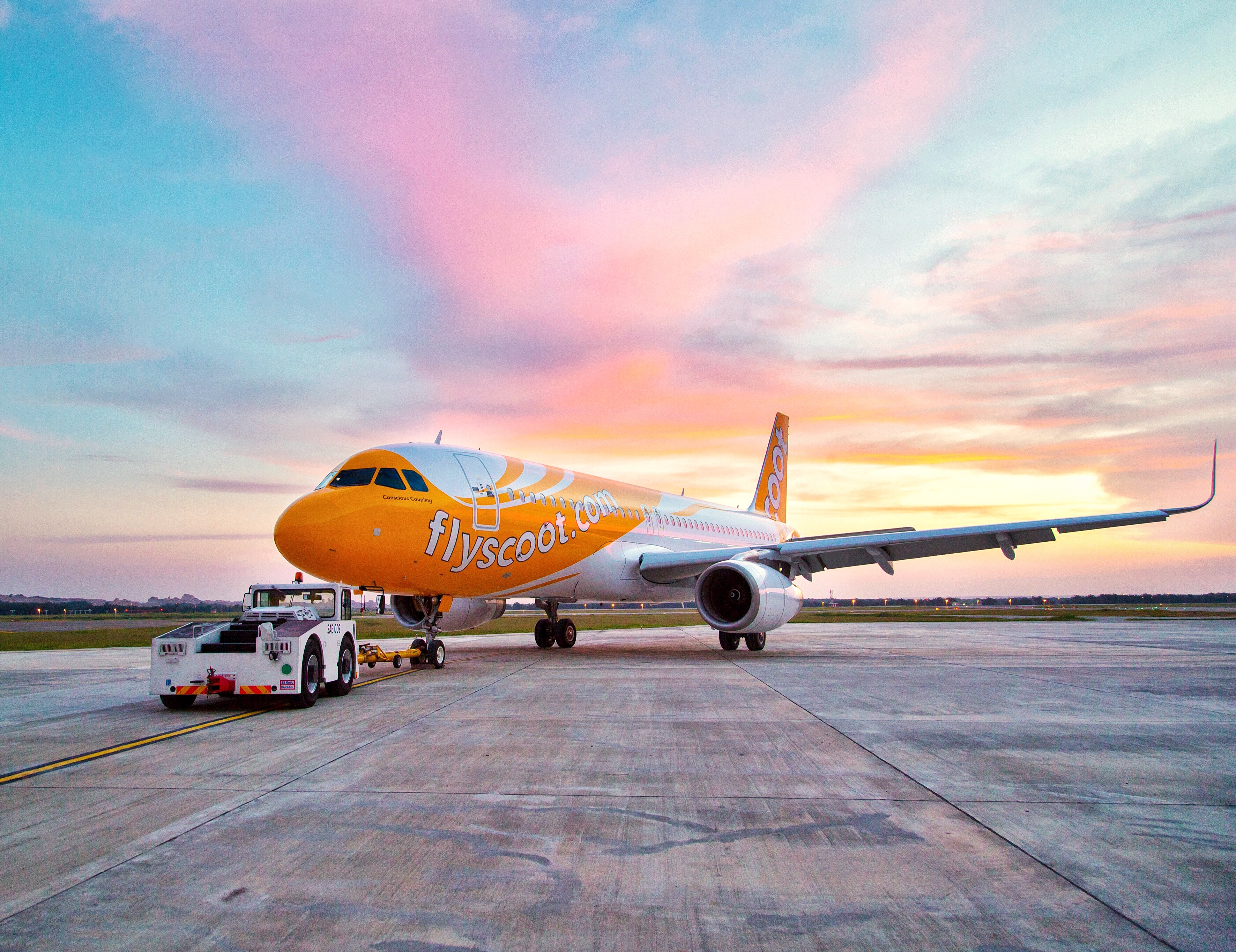Around 900,000 years ago, prehistoric humans saw a duck and wanted to ride it, and thus boats were born. Fast forward to the 1890s, and young brothers Wilbur and Orville Wright saw a duck and remembered it was a bird.
We’ve been masters of the sky ever since.
But while technology has allowed us to sail amongst the clouds, it’s the economics of air travel that determine who gets to hitch a ride.
Today, we take over 38 million flights each year. Whether it’s from Singapore to Kathmandu, or Tasmania, or Rio de Janeiro, you can go almost anywhere by plane these days. And flight prices can go as low as $50, or even $15. That’s the cost of dining out—which is absurdly cheap.
But how exactly have airline carriers evolved such that it’s so convenient to take a weekend trip to almost anywhere in the world?
How have airlines tried to court the hands of people like you—intrepid travellers whose disposable income doesn’t quite match up to your wanderlust?

How much cheaper? In 2016, the lowest-cost LCCs in Europe were Ryanair and Wizz with unit costs per available seat mile of US 3-3.50 cents. That’s 50-70% lower than that of legacy or full-service European airlines.
How do LCCs achieve this? They have a higher seating density, and lower labour costs with less services available. They also have greater optimisation of plane usage—easyJet had turnarounds as short as 25 minutes at some airports (as compared to full-service carriers which take an average of an hour or more)—and lower aircraft costs.
Cut-throat slashes to cost might seem negligent, especially if it compromises on important aspects of air travel like safety. But various airlines have come up with creative solutions. For example, homegrown LCC Scoot started operations by inheriting Singapore Airlines (SIA) planes—planes from an airline ranked as one of the safest in the world. By taking over time-tested infrastructure and adopting parent airline SIA’s best practices, this allows Scoot to keep costs low whilst still maintaining safety standards.
They’ve been transitioning to owning their own young and modern fleet. Since 2015, they have progressively added new aircraft, to keep up with new aviation technologies. As of September, the average age of their airplanes is only 5 years and 2 months—making their fleet one of the youngest in the world.
LCCs also specifically cater to the rising global middle class. Since the affluent can afford conventional airlines, and travel isn’t practical for those in poverty, the middle class hits that sweet spot for LCCs.
In 2018, LCCs had the highest share of capacity in countries with emerging economies like Slovakia (83%), Malaysia (63%), and the Philippines (55%). And the rapid urbanisation of the developing world will continue this trend of rising disposable incomes all across the globe.
As the average citizen aspires to self actualisation and the broadening of their horizons, the market will meet them to address this desire.
How have LCCs fared at home?

That changed in 2003, when Singapore’s first LCC Valuair was formed. Even SIA’s subsidiary Silkair couldn’t be cast as a budget contender as regional successes in AirAsia and Lion Air started to make waves.
In December of that year, another Singapore budget carrier, Tiger Airways (later rebranded to Tigerair), was established, with SIA being one of its shareholders. And by end 2004, Qantas’ LCC subsidiary would establish Jetstar Asia in Singapore as another major competitor. These names are no doubt familiar to millennials and older generations, and the years that followed would show a boom in budget airlines.
Just as how other modes of travel became increasingly common and accessible for the everyday man, air travel would follow suit, with LCCs taking the lead.
By 2018, Changi Airport would have a higher concentration of LCC services than all but a few other airports in the world. Even though the budget terminal would be shut down to make way for Terminal 4, the airport’s increased capacity (from 66 to 82 million passengers per year), high level of automation and attendant lower costs would make this a net-win.
In 2011, SIA would establish its own fully-owned low-cost arm Scoot to complement Tigerair as a long-haul LCC. Far from cannibalising SIA’s business, when Scoot launched services to Sydney in 2012, Sydney saw an over-30% increase in arrivals attributable to Singapore that same year.
However, the two airlines were eventually merged in 2017 under the Scoot umbrella to achieve greater economies of scale and integrate each other’s networks. With Tigerair’s network concentrating around Southeast Asia and Scoot’s long-haul offerings, after the merger, Scoot now offers 67 destinations across the globe at a budget, and that number is expected to keep growing.
The local LCC industry is expected to grow even further. Air travel across Southeast Asia has grown around 10% yearly. LCC capacity in Asia Pacific has quadrupled from 2008-2018, from 130 million to 600 million seats. As strong China LCCs begin to expand, LCCs in the region will need to keep costs low to stay competitive.
But the airline industry didn’t always have this freedom of competition to make flights affordable.

Governments saw air travel as a public good. Just as how our water and power is controlled by the state, governments sought to nationalise and heavily regulate the airline industry. Especially in the wake of the Great Depression, the American government wanted to curtail unfettered economic chaos which had plagued the rail and motor carrier industries.
This monopolisation of the industry led to insufficient competition, which caused airline fares to remain sky high. Air travel was considered a luxury in the 1950s, with a one-way 13- hour flight from New York to London on Trans World Airlines (TWA) costing the equivalent of SGD $3,600 today.
For the average Singapore worker, that’s almost an entire month’s salary.
But with a wave of deregulation in the 1970s-80s, LCCs became a viable business model. This was achieved through the lifting of various air restrictions with policies like Open Skies agreements.
With carte blanche given to airlines to be competitive, prices have decreased and air travel became more affordable. It’s the great promise of capitalism, baby!
But late capitalism has taken its toll as well: Singapore’s cost of living is high, we’re working longer hours, and we’re just stressed.
The city is a like a thumb pressed into your temple, a migraine throbbing with your heart between your ears. Leaving our little red dot takes off all that pressure, relief rushing in and calming us. That’s why Singaporeans love travelling so much—taking an average of 5.2 trips in 12 months based on a 2017 survey.
Almost half the trips lasted between 3 to 6 days, which is no surprise considering that most of us have only 14 days of annual leave. Weekend trips are becoming more common as we demand to travel on a budget, to relax and unwind more often even if it’s for a short burst. According to Scoot, between January to September 2019, 21.1% of travellers departing from Singapore took trips that were between one to two days long.
In addition, 63.6% of Singaporeans prefer to travel alone. And most of them are travelling within Southeast Asia: Kuala Lumpur, Jakarta and Penang are amongst the most travelled locations. But if you’re on a family trip with young children, locations like Ipoh, Phuket and even Australia’s Gold Coast are popular destinations to consider.
Along with more companies allowing for flexible work arrangements, planning a weekend trip is now more feasible than ever.

It’s unsurprising in retrospect, given Singaporeans’ insatiable appetite for exploration.
To support the growing capacity of travellers, as well as to ensure customer experience is kept up, Scoot is moving terminals—shifting from Changi Airport’s Terminal 2 to 1—from 22 October 2019 and adding 16 new Airbus A321neos to their fleet from the second half of 2020. The infrastructure required to undergird safe, affordable, and plentiful flights are already being set up, and if there’s one thing that Singaporeans know, it’s that Changi never disappoints.
Scoot also has an impressive On-Time Performance (OTP) record. This shows the percentage of flights that are on time—determined as +/- 15 minutes. With an average OTP of 82.75% in the past year, Scoot’s OTP is one of the highest among LCCs in the world, facilitating efficient travel for the masses.
And to make the customer experience more transparent and provide greater value, Scoot has done away with payment processing fees for bookings made directly on their platforms. Technological advances have allowed payment systems to be cheaper to maintain, and these cost savings are being transferred to the consumer.
When all’s said and done, there’s an entire planet waiting for you. There hasn’t been a point in human history that’s easier and cheaper for you to just slip out, and explore the unknown.
So, what are you waiting for? Where are you going for the weekend?
Scoot welcomes everyone to the world’s first Yellow Converter from 18 – 20 October 2019 at Wisma Atria Outdoor Atrium Level 2 from 11.00am to 9.00pm, where they can convert anything yellow into flight discounts and more! The more yellow that people bring (and the more they surprise Scoot!), the more they get! More details are available via Scoot’s Yellow Converter Facebook page.
We’d love to join you on a weekend trip, but duty calls. Tell us about your trip at community@ricemedia.co and we’ll live vicariously through you.
Airline Competition: Deregulation’s Mixed Legacy – George Williams
An Introduction To Airline Economics (Sixth Edition) – William E. O’Connor
Flying Off Course: Airline Economics And Marketing (Fifth Edition) – Rigas Doganis
Low-Cost Carriers in Emerging Countries – John Bowen
Regulatory Changes in International Air Transport and Their Impact on Tourism Development in Asia Pacific – Colin C. H. Law and Yahua Zhang and Anming Zhang
The Lessons of Airline Regulation and Deregulation: Will We Make the Same Mistakes in Space – David G. Monk






